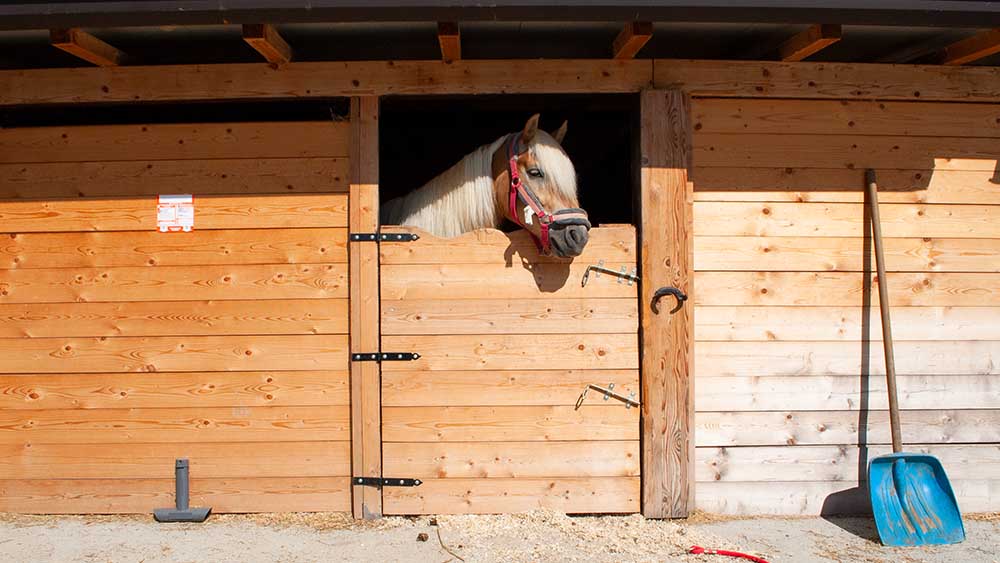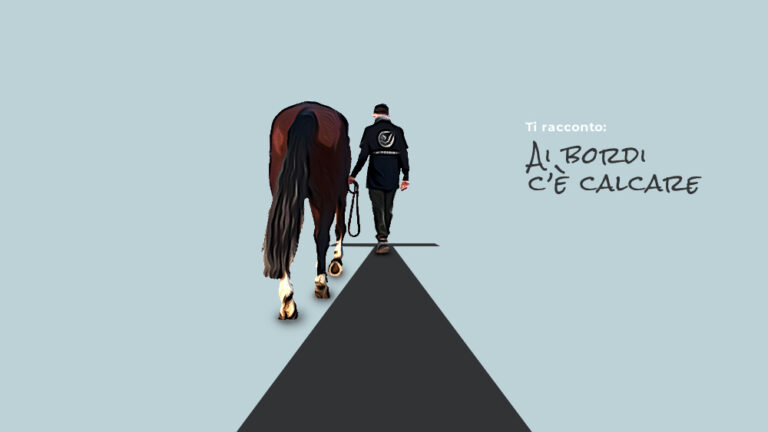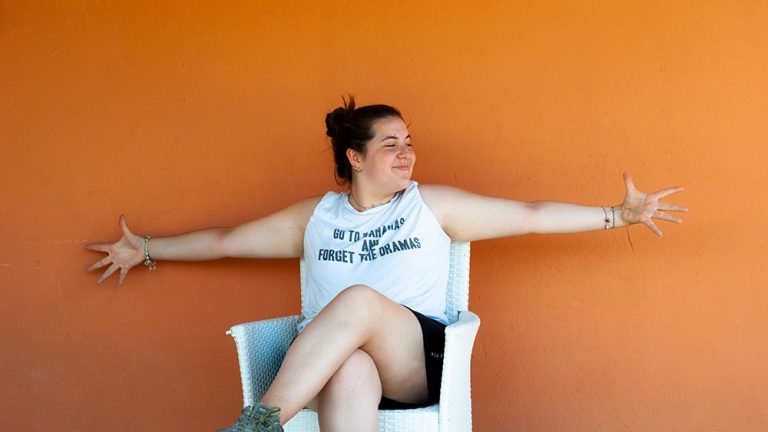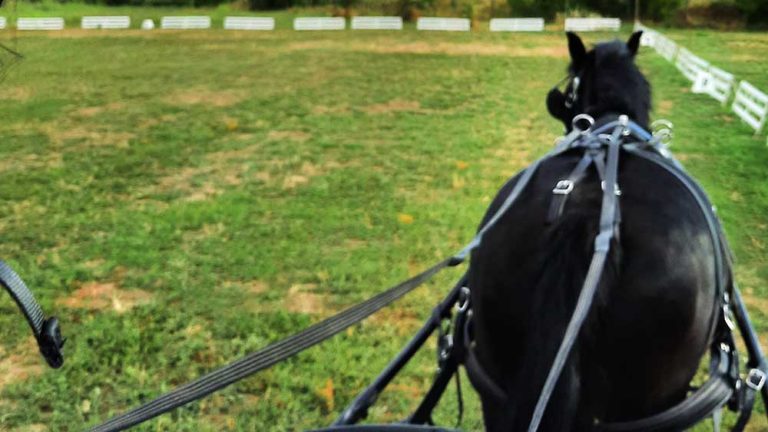Home sweet home, or rather the story of horse stalls with some reflections from the horse’s point of view.

Anyone reading this article has probably thought this phrase at least once in their life: “I can’t wait to get home!” Because home is just that: security, peace, and solace. And when for a human home is a roof and walls with a nice door, for a horse the equivalent is the stall.
Let’s explain further: many see the stall as the horse’s resting place. Let’s make an extra effort: Have you ever wondered what happens inside the stalls? Know that, to begin with, something always happens in the stall. The horse’s nose explores every smallest space, searching for new smells and confirming those already known. Whiskers are ready to investigate, ears to pick up even the slightest change in the air. It’s always inhabited and alive: small animals, spiders, birds come to visit the horses. Stalls are communicative, horses talk to their neighbors, peek around the other side, listen, and hear what happens to their companions (“Wait, he’s going out and I’m not?” “Wait for me!” “Why does he eat first?” “That darn guy snored all night”).

We humans will never know precisely what happens because of the unwritten rule of equines: What happens in the stall stays in the stall.
And yet we adore that environment. Built with the precious work of generous dads, they are made with the well-being of their guests in mind: the new, fragrant wood is brought in long, heavy planks, placed against each other and expertly assembled. The floor is covered in shavings: not at all dusty, it smells of wood so much that it fills my nostrils even though, finely cut as it is, I always end up bringing home quite a bit – indeed, it has the extraordinary power to stick to socks ending up in the thin layer between sole and footbed.
The hay, fresh and fragrant, is that harvested in autumn from the fields nearby: yellow like the summer sun setting, it reveals among its stems dry flowers, like chamomile (what a wonderful scent!), and some blades of very green alfalfa.
Ultimately, the stall is an indispensable place: it is always open and frequented by the smells and sounds of life. We can approach and have our horse within an arm’s reach, until we can smell him (because, as we know, the scent of a horse is fragrance and not just a simple odor).
In the stall, the first and last encounter between us and him takes place, the beginning and the end of our time together, the “hello, here I am! How are you today?” and the “see you tomorrow, wait for me.” It is here that new ideas are born (for example, the desire to buy that amazing saddle pad, and why not, also the lavender detangler for the tail, or the decision, once out of the field, to take a ride outside passing by the river instead of taking the bridge) and unexpected experiences (like receiving a gentle nudge with the head in return for a cuddle or a crazy tail swipe in the eye – he probably mistook us for a fly, or a painful foot stomp!).
Are these subtleties kept hidden or are we, in our frenzy, just not noticing them? What would change if the first contact started right from here, from what is normally kept aside?
From now on, when you hear about a stall, don’t think of four walls (it would be decidedly offensive to the horse tenant), but rather of a reality parallel to ours where only the horses know what really happens.




